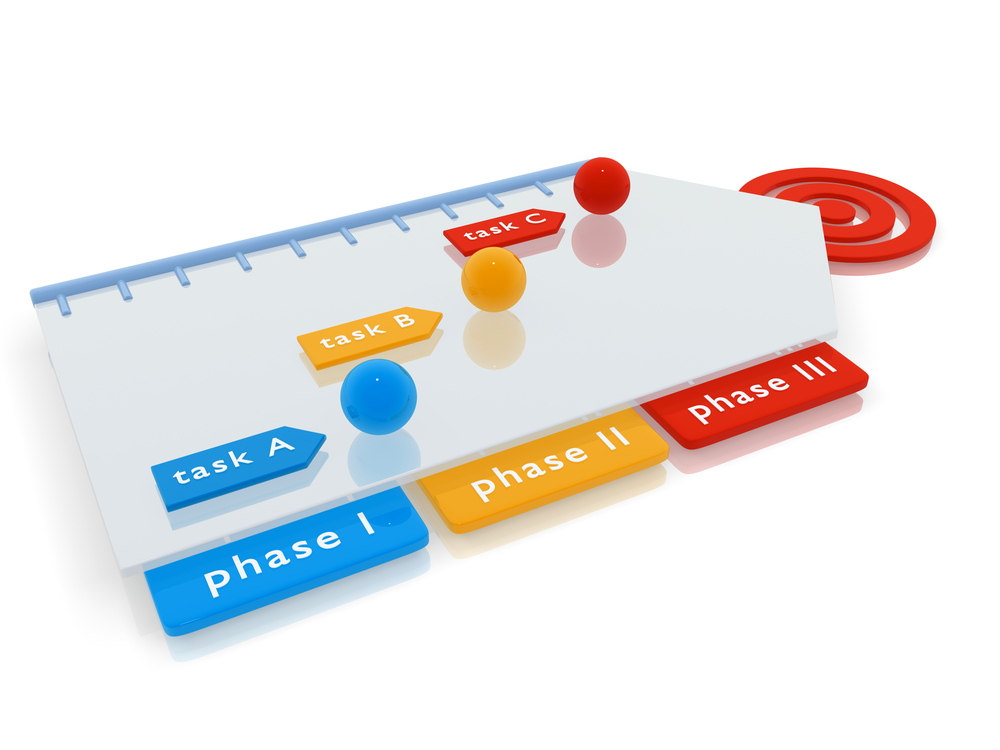Many economic analysts use the phase of the business cycle to examine the state of a particular country’s economy. The state of the economy is said to be in a state of constant performance between cycles. In this regard, real gas is said to be an index of the state of the economy at any given time. For instance, when the state of the economy is at a low point in the cycle, real gas is said to be high. Conversely, when the state of the economy is at a high point in the cycle, real gas is said to be low. The concept of cycle is used not just by economists but by virtually all individuals and firms who analyze the state of the economy as well.
It is quite easy to observe that the state of the economy is at a low point or that it is experiencing a period of sluggish growth in the long run. From the perspective of the business cycle, the situation on the ground in the United States is little different from that of other countries. As has been demonstrated by many other economies, the United States has been one of the most successful countries in the industrial world during the last half decade. The development in the United States as a result of the growth cycle is above average for the modern era. The phase of the business cycle is therefore characterized by a process of continual ups and downs between waves of expansion and contraction.
This phase is characterized by an upsurge in business spending, more consumer debt, and a tightening labor market. When the upswing phase ends and the downswing phase begins, the process of economic recovery can be observed. The recovery is a process that involves changes in consumption spending, production, employment, and refinancing. Real GDP growth is thus forecasted using a process that includes both cyclical and non-cyclical factors.

The upswing phase is associated with stronger employment numbers, higher consumer confidence, and higher real disposable income. Consumer confidence is a major factor in determining the strength of the US economy. A weak economy causes consumers to postpone purchases and cut back on expenses. A strong economy encourages greater investment, job creation, and job growth. Higher real GDP, a higher unemployment rate, and an increase in savings interest rates are all indicators of a solid economy.
The downswing phase is associated with lower business investment, a slowing of international trade, and reduced exports. A weaker economy causes companies to become tighter financially. Companies are hesitant to invest in the growth or expansion of the business due to the lack of available funds. In addition, a company may opt not to expand if it is operating profitably. It may cut back on some operational functions to maximize cash flow. A weakening economy causes inventory costs to rise and causes prices to fall for products.
A period known as an acceleration or correction phase is a period in which the business is on the rebound. During this period, real merchandise demand increases, inventories fall, and banks loosen lending guidelines. Companies invest in additional assets or take on new business. Real estate investors also invest in properties during this stage of the business cycle in which real gDP declines.